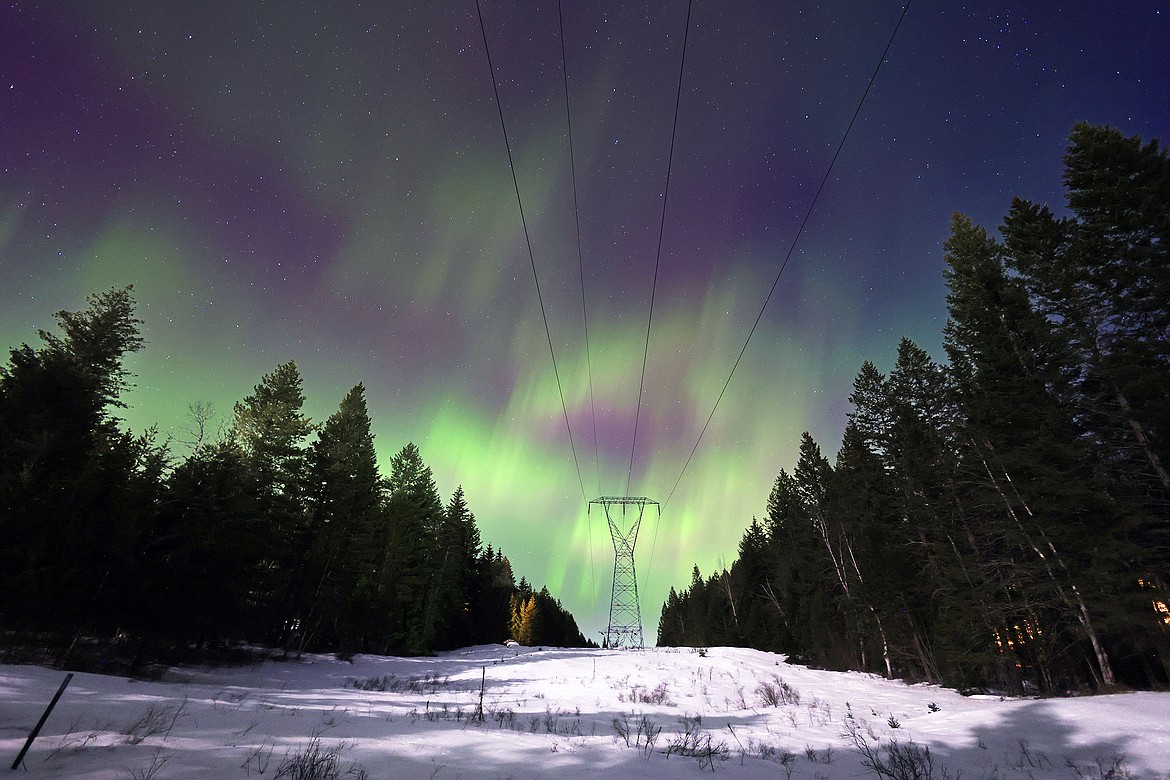Outdated transmission system holds back Montana's clean energy production
| August 13, 2023 12:00 AM
Dr. Pat Barkey, director of the University of Montana’s Bureau for Business Economic Research, points out that Montana's "increasing population has driven higher electricity demand, but little new generation and transmission capacity has been built over the last decade." And, that "Montana risks becoming a net importer of electricity."
In addition, this summer many people around the country are experiencing extreme weather — heat, drought and flooding. After undergoing the world's hottest July on record, there is a sense of urgency about addressing climate change. The good news is we have an abundance of energy resources in this country, especially in Montana, that don’t emit heat-trapping climate pollution.
The problem is that our electrical transmission system is out-of-date and we are unable to move all that clean energy around. We need to upgrade our transmission system.
In the 1950s, our country experienced a similar issue with a different kind of infrastructure problem. The roads and bridges were dated and unable to accommodate all the additional new cars and drivers.
In 1956, President Dwight (Ike) Eisenhower signed the Federal Highway Act and described the interstate highway system as a vital civil defense measure. Having been a general in World War II, he understood the importance of infrastructure to national security. Today, most Americans see our interstate superhighways for what they are — a quick efficient means of travel.
Now, we are faced with the need to move clean electricity from where it’s produced to where it’s used, quickly and efficiently. This means building and connecting lots of new transmission lines. Right now, it takes an average of 4 1/2 years to complete environmental impact studies for big energy projects. It takes 10 years to build a new electrical transmission line.
As Gary Wiens, CEO of Montana Electric Cooperatives’ Association said, "Recent modeling by the Electric Power Research Institute concluded that achieving net-zero economy wide emissions by 2050 could require generation capacity to increase by as much as 480 percent compared to what's in place today."
Big wind and solar farms tend to be built out in rural areas. We need transmission lines to transport the clean electricity from where it’s produced to where it’s predominantly used in large population centers. In Montana our wind resources could be used to meet the strong demand for clean energy beyond our borders and help us continue to be a net exporter of electricity.
95% of energy projects waiting in line to get built and 84% of the new energy capacity added in the USA in each of the past three years is for clean energy (solar, wind, and storage). Because clean energy is cheap and in high demand, a streamlined permitting process will benefit zero-emissions energy the most.
Citizens’ Climate Lobby supports policies that improve early community involvement in these projects and keep in place bedrock environmental rules.
We need to take bold action just like Congress and Ike did in 1956 when we jumped from inefficient roads to superhighways.
Please contact our members of Congress, Sens. Steve Daines and Jon Tester and Congressmen Matt Rosendale and Ryan Zinke. Ask them to work in a bipartisan manner on an energy infrastructure permitting reform bill so that when we reach 2050, we will have a clean energy “superhighway” to power our country.
Mary Mulcaire-Jones, Dr. Sandra Welgreen, Alexandra Amonette and Bret Luedke are volunteers with Montana Citizens' Climate Lobby.

